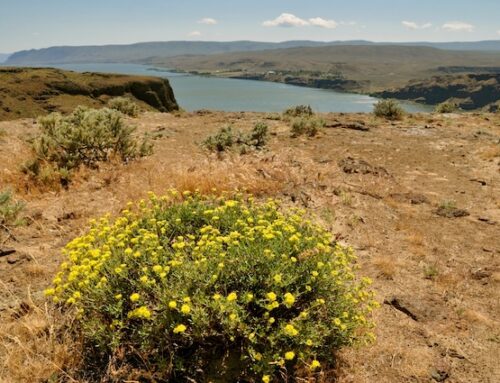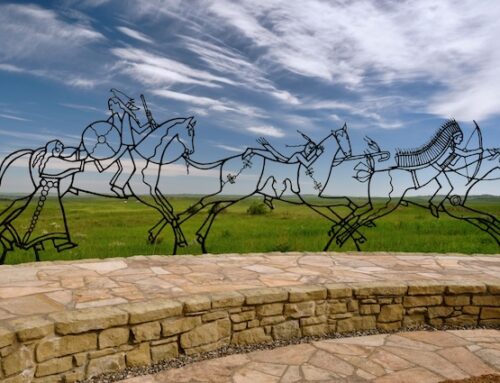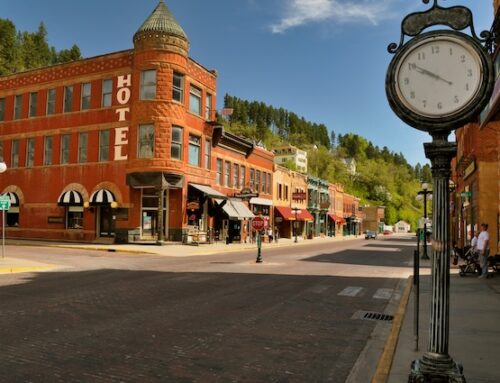Dripping Springs: a brief history
Dripping Springs has been a site of human activity for centuries, with evidence of Native American habitation predating European settlement. The area’s reliable water sources made it an attractive spot for early inhabitants and travelers alike.

Old building and corral along the Hike to Dripping Springs,
In the late 1800s, Dripping Springs became a popular retreat thanks to its cool mountain climate and natural springs. In 1877, Eugene Van Patten, a Civil War veteran and businessman, established the Van Patten Mountain Camp, a resort that drew visitors from across the region. The resort featured a hotel, cabins, and a stagecoach stop, catering to travelers seeking respite and recreation in the scenic mountains. Guests included notable figures like Pancho Villa and Pat Garrett, adding a layer of historical intrigue to the site.

Van Pattens Mountain Camp
Later, in the early 1900s, the property was converted into a tuberculosis sanatorium by Dr. Nathan Boyd, leveraging the clean mountain air and serene surroundings as part of the healing process. Though the sanatorium was eventually abandoned, its ruins, alongside those of the Van Patten resort, remain a highlight for visitors exploring the area.

Van Pattens Mountain Camp,
Modern-Day Dripping Springs
The Dripping Springs Natural Area has a network of trails that wind through rugged canyons, desert vegetation, and historical ruins. The 4.5-mile loop trail to the spring itself provides stunning views of the Organ Mountains and opportunities to spot local wildlife, including mule deer, javelinas, and a variety of bird species.

Dripping Springs












Leave A Comment